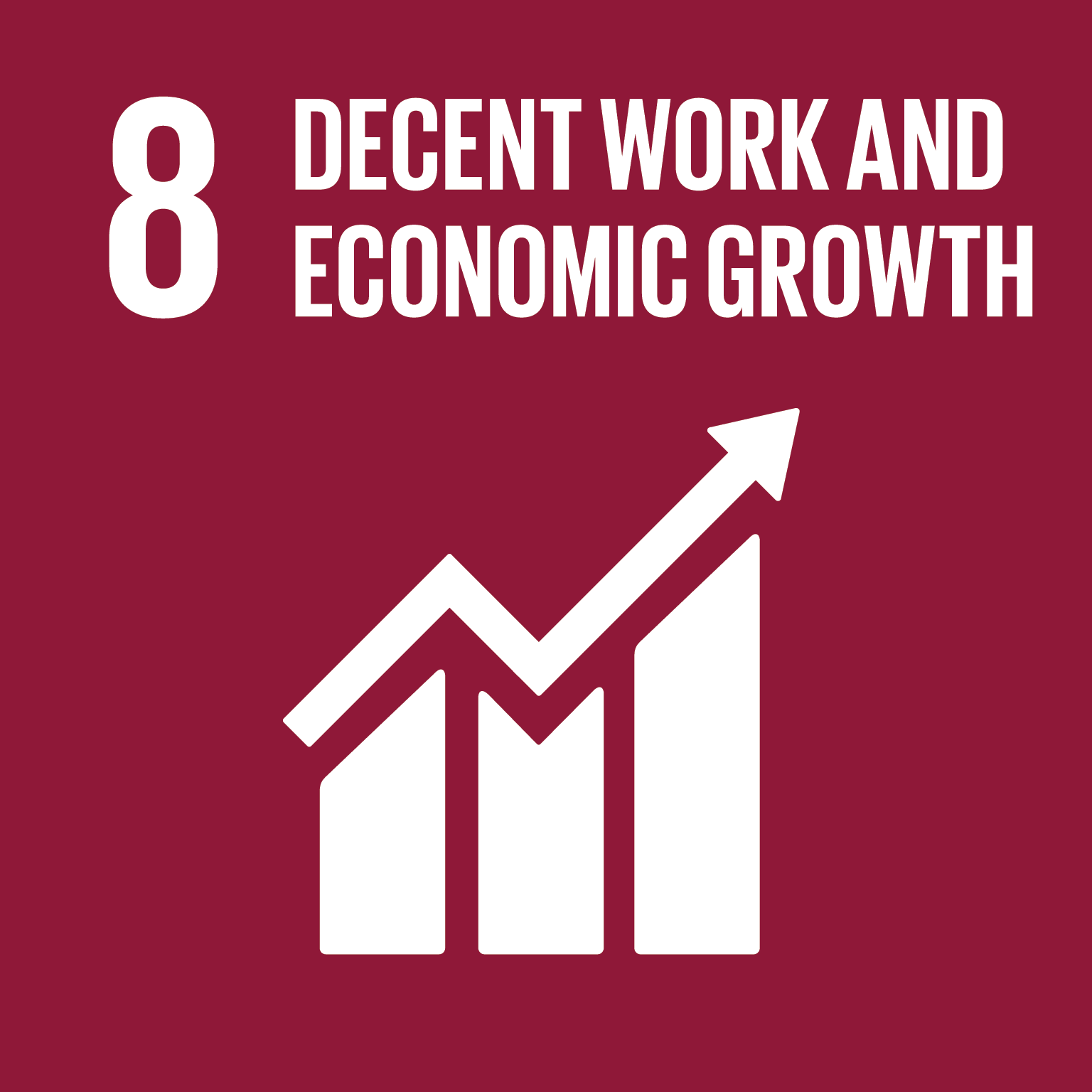Project Mahampy
Project Mahampy is working to improve the sustainability of mahampy reed weaving as a traditional women’s livelihood activity in southeast Madagascar.
In southeast Madagascar livelihood opportunities are extremely limited, particularly for women who, due to deeply entrenched cultural expectations, are restricted from accessing more lucrative livelihoods, such as lobster fishing, traditionally dominated by men. Of the few opportunities available, mahampy reed weaving enables women to provide a small but vital income for their households.
In rural Madagascar mahampy products are widely-used, in particular mahampy mats that are of high social and cultural importance, present at funerals, weddings, and births. Traditionally working independently and with low supplier power, weavers currently struggle with inconsistent sales, low return on investment and poor market access, unable to provide enough income to support themselves and their daily household expenses.
Inaddition, the source of the reedbeds, the mahampy wetlands, are severely understudied. Fire, land degradation, and unregulated harvesting of the reeds threatens both the existence of a variety of threatened species and ecosystem services provided by the wetlands, and subsequently the future of mahampy weaving as a women’s livelihood activity.
Weaving is a labour-intensive activity; a single mat takes around two days to make and yet sells for as little as 5,000 MGA (£1.02).
Phase II (2022-2025)
Beginning in September 2022, Project Mahampy: Phase II will continue to play a crucial role in securing the sustainability of mahampy reed weaving as a traditional livelihood for the mahampy weavers of Sainte Luce.
Building upon the success of the previous phase, Phase II seeks to maximise the sales potential of the Mahampy Weavers’ Workshop, improving the cooperative’s access to local and international markets. The Mahampy Weavers’ Workshop has been extended to provide weavers with additional space to weave, store, and sell mahampy products. Weavers are receiving training in technical weaving skills and being supported to develop new, value-added products suitable for wider markets. Phase II will also focus on improving the financial resilience of both the Mahampy Weavers’ Cooperative and its members, conducting financial education sessions and initiating the development of both a sustainable loan and saving scheme.
The cooperative will also continue mahampy wetland research, gaining the skills and knowledge to lead on the development and implementation of a reedbed management strategy that will ensure the sustainability of mahampy weaving as a livelihood activity.
The mahampy mat is of great cultural importance in southeast Madagascar. The mat as a metaphor appears in Malagasy proverbs. For example, tsihibelambana vy olona’, which literally means: people constitute a great, broad mat’, referring to the interconnectedness of humanity, both those living in the present as well as our ancestors.


1) Weavers collecting data on Mahampy reeds. 2) Cooperative member weaving in the workshop.
Progress updates
Mahampy Phase I (2019-2022)
- Completed a full assessment of the barriers facing mahampy weavers through market-based, socio-economic, and conservation research.
- Establishment of the Mahampy Weavers' Cooperative, consisting of 166 members and five sub-cooperatives across three hamlets in Sainte Luce.
- Elections held to create a Weavers' Cooperative Committee, including a President, Vice President, Treasurer, and two Secretaries.
- Delivery of departmental roles and responsibilities training to all cooperative members.
- Workshop designed and constructed, with collaborative input from cooperative members
- Delivery of technical weaving skills, finance, and business training to all cooperative members.
- Project Mahampy: MHM (Menstrual Health Management) pilot. The pilot taught weavers how to create sustainable, reusable, and low-cost menstrual products and provided education on menstrual health and management.
- Conducted four bird and herpetofauna biodiversity surveys, 35 floral biodiversity surveys in each wetland, observing 29 bird, 11 herpetofauna, and 54 floral species.
- Monthly monitoring of six wetlands between April 2019 and December 2022, completing 180 water and 184 vegetation assessments to date.
- Conducted drone flights in six wetlands, completing 23 aerial surveys.
- Launch of the participatory monitoring programme, involving five weavers researching the effect of harvesting techniques and fire on reed regrowth.
- Completion of full preliminary analysis of mahampy wetlands research, compiled in SCRP End of Phase I Technical Report.
Mahampy Phase II (2022 - 2025)
Below highlights main achievements made during the first 18 months of Project Mahampy Phase II (September 2022 – February 2024).
- The total of all sales recorded by weavers in the Workshop over Project Year 1 (September 2022 – August 2023) was 4,249,000 Ariary. The total sales in the Workshop between September 2023 and February 2024 increased by 40% compared to the six months before.
- An outside extension was built on the Mahampy Weavers Workshop, improving the functionality of the space.
- Outreach meetings have strengthened partnerships with local resellers who continue to visit the Mahampy Weavers’ Workshop monthly to buy mats.
- Weavers completed 18 months’ worth of literacy training sessions.
- Three technical weaving sessions were delivered by skilled members of the Cooperative to share weaving knowledge and techniques.
- Weavers attended five training sessions on departmental roles and responsibilities to improve Workshop operations.
- In Project Year 1, 71 weavers participated in 10 months of the education saving scheme and redeemed their savings for annual school fees. The scheme started again in October 2023.
- A group of 10 weavers completed a pilot programme of seven sessions for financial literacy training.
- The first pilot round for the alternative loan scheme was completed with five weavers, with all loans successfully repaid. The scheme re-started in February 2024.
- The 10 weavers leading the participatory monitoring programme completed 18 months of wetland monitoring surveys.
- The ecological baseline report on mahampy wetlands was completed by SEED’s Conservation Research Programme (SCRP).
Donors
With thanks to Fresh Leaf Charity, The Rowan Trust, Pam and Robert Roquette, Australian Aid, Prince of Wales Charitable Fund, Gommigive Trust, and other donors for their support.

